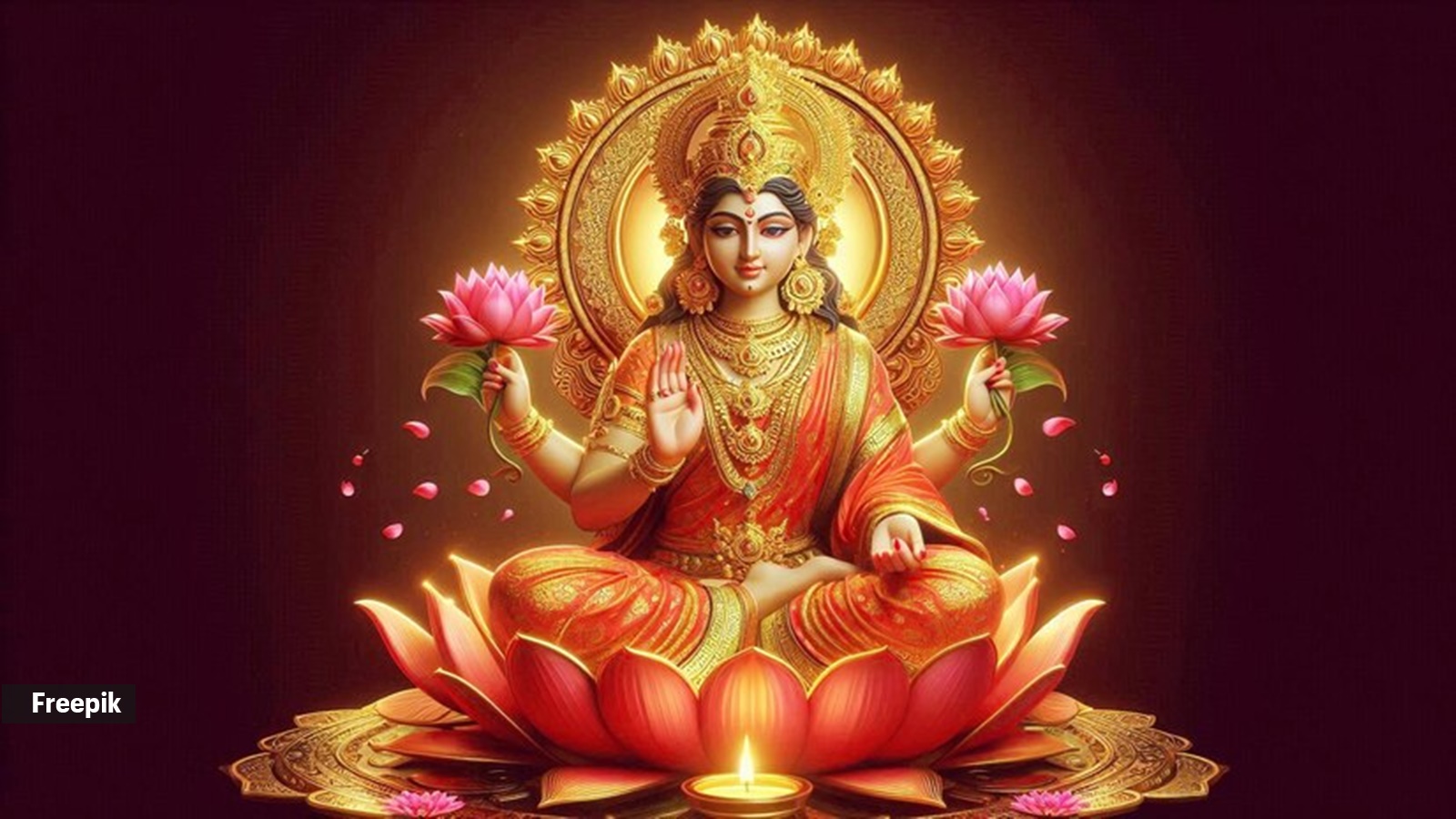📣 For more lifestyle news, click here to join our WhatsApp Channel and also follow us on Instagram
Understanding Alakshmi, goddess of strife and poverty, in Diwali celebrations
Ayodhya’s high priest explains the significance of the ‘shadow’ of Goddess Lakshmi.
 Alakshmi's presence signifies the darker aspects of life (Source: Freepik)
Alakshmi's presence signifies the darker aspects of life (Source: Freepik)While Diwali is largely associated with the worship of Lakshmi, the goddess of wealth and prosperity, the mythology surrounding her sister, Alakshmi, also plays a significant role during the celebrations.
Alakshmi, known as the goddess of strife, poverty, and misfortune, is believed to be the antithesis of Lakshmi. According to Hindu traditions, her presence brings negativity, and during Diwali, rituals are performed to ward her off and prevent her from entering homes. To explore this unique aspect, we turned to Sushil Pandit Mahant, a high priest in Ayodhya.
How did the mythology of Alakshmi evolve in contrast to Lakshmi, and what role does she hold in Hindu cosmology?
“In Hindu cosmology, both goddesses are believed to have emerged during the churning of the ocean (Samudra Manthan). While Lakshmi embodies abundance and blessings, Alakshmi personifies the forces of greed, negativity, and hardship,” Mahant said.
Alakshmi’s presence signifies the darker aspects of life, symbolising the inevitable balance between prosperity and adversity. She serves as a reminder of the need to manage both wealth and the problems it can attract.
Traditional rituals to ward off Alakshmi’s influence during Diwali
During Diwali, various rituals are performed to ward off Alakshmi’s influence and welcome Lakshmi, the goddess of prosperity, into the home. “One common practice is thoroughly cleaning and decorating the house. Cleanliness is believed to repel Alakshmi, who is said to dwell in clutter and disorder. To invite prosperity, people create rangoli designs, light oil lamps, and make offerings of sweets,” Mahant said.
Some households burn bitter neem leaves or light castor oil lamps, practices believed to maintain harmony and keep Alakshmi’s influence at bay.
 Modern Diwali celebrations still incorporate many traditional rituals, such as cleaning homes, lighting lamps, and creating auspicious environments to invite prosperity and good fortune. (Source: Freepik)
Modern Diwali celebrations still incorporate many traditional rituals, such as cleaning homes, lighting lamps, and creating auspicious environments to invite prosperity and good fortune. (Source: Freepik)
Reflection of broader cultural beliefs in Hinduism
In Hinduism, the duality of Lakshmi and Alakshmi reflects the broader belief in balance — the coexistence of light and dark, fortune and misfortune. “Just as one seeks prosperity through Lakshmi, one must actively work to avoid greed and mismanagement, represented by Alakshmi,” said Mahant.
This duality underscores the belief that wealth alone does not guarantee happiness; it must be managed with wisdom and ethical conduct to prevent misfortune. Such balance is seen in other aspects of Hindu philosophy, such as the relationship between karma and dharma, he said.
In modern times, how relevant is the belief in Alakshmi?
Mahant notes that while the direct belief in Alakshmi “may not be as prevalent in modern times,” her symbolism remains significant.
“Modern Diwali celebrations still incorporate many traditional rituals, such as cleaning homes, lighting lamps, and creating auspicious environments to invite prosperity and good fortune. The concept of warding off negativity remains relevant, though more often in the form of cultural values around order and positivity,” said Mahant.
📣 For more lifestyle news, click here to join our WhatsApp Channel and also follow us on Instagram
- 01
- 02
- 03
- 04
- 05



























